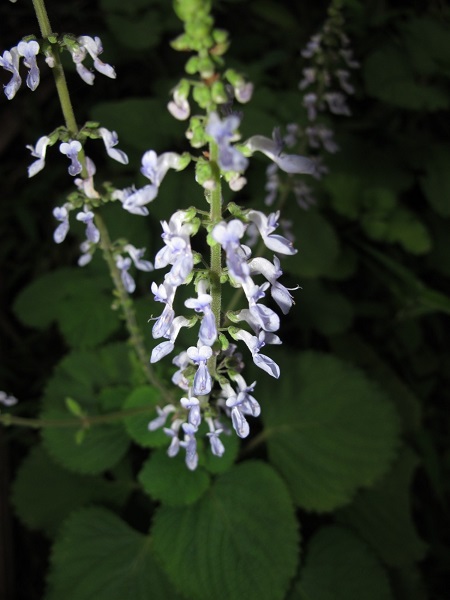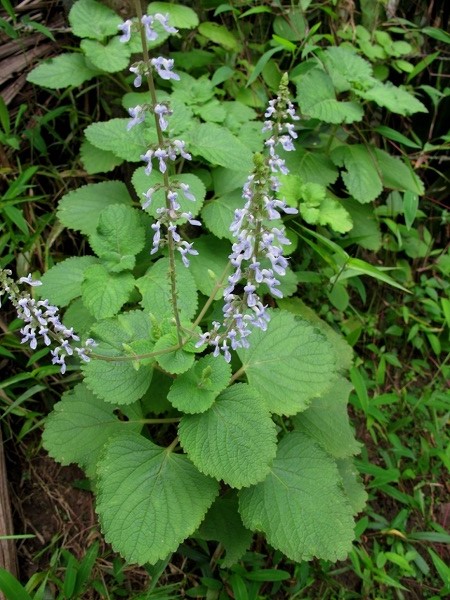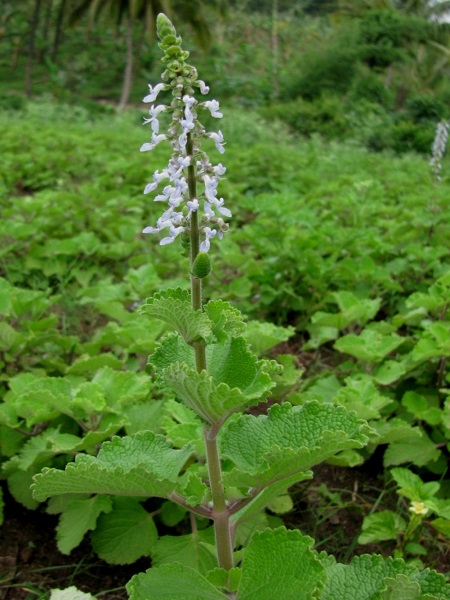
| Family | Lamiaceae |
| English Name | NA |
| Malayalam Name | Iruveli |
| Tamil Name | Vettiyar |
| Kannada Name | Dodda patre |
| Telugu Name | Mayura sikha |
| Hindi Name | Hariveera, Valaka |
| Sanskrit Name | Valakah |
| Trade Name | Hribera |
| Part Used | Stem |
| In Wild | Yes |
| Under Cultivation | Yes |
| Temperature | NA |
| Rainfall | NA |
| Farmers | NA |
| Traders | NA |
| Institution | NA |
| Individually | NA |
| State/Region | NA |
| District | NA |
| Nursery Information | NA |
| Yield | NA |
| Economic of cultivation | Cost of cultivation/ha: ₹ 75000 (as on 2007) |
| Quantitative quality standards | Foreign material: Nil, Total ash: Aerial parts: 13.6 to 15. 9 per cent, root : 13.2 - 13.6 per cent, Acid insoluble ash: Aerial parts: 0.9 - 1 per cent, Root: 6.8 - 6.9 per cent, Ethanol soluble extractive: Aerial parts : 14.4-15.1 per cent, Root: 6.8-6.9 per cent, Water soluble extractive: Aerial parts: 11.1-14.9 per cent, Root: 0.2-0.3 per cent, Loss on drying: 19 per cent |
| Description | NA |
| Agro technology/Cultivation practices | Planting-stock production Propagated through seeds or stem cuttings. The crop is best raised from softwood cuttings. Stem cuttings of 10-12 cm long are planted in well manured nursery beds or poly bags during May- June. The cuttings initiate sprouting within a month. These rooted plants can be planted in the field during the rainy seasons (July - August) at a distance of 20 cm x 20 cm. Approximately 84000 stem cuttings are required for planting in one hectare of land. Manuring Raised generally using organic manure alone and chemical fertilizers are not commonly used. Organic manure in the form of compost or farmyard manure @ 10 t/ ha should be applied. The entire amount of farmyard manure can be applied either at the time of land preparation or can be given in two equal splits. Weeding The field should be kept free from weeds by weeding and hoeing at regular intervals. Two or three weeding is necessary. Weeding can be combined with the incorporation of organic manure. Irrigation Irrigation is necessary every third day in the initial stage of planting. Irrigation may be given depending on soil moisture conditions. But in summer, the crop should be irrigated regularly. |
| Harversting | Dried stem is the medicinally important part of the plant. The crop becomes ready for harvest 6-8 months after planting, flower emergence being the correct state of harvest. November- December months are ideal for harvesting. The crop is harvested by cutting at the base and is then dried in sun. |
| Processing | NA |
| References | NA |



